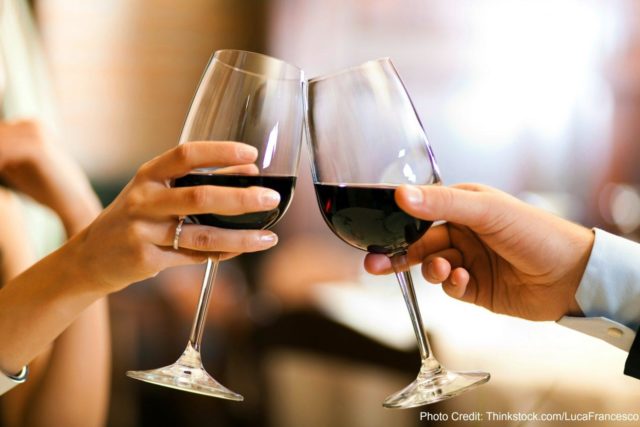The Secret Behind a Good Toast
What sound follows when everyone makes a toast? That’s right, the sound of champagne or wine glasses clinking when they tap each other. Ringing the drinks after a proper salute is essential. Letting the glasses touch each other is not enough though, there are steps and rules to follow for you to hear that vibrant clinking sound of glasses.
Why Have A Good Toast?
A lot of people toast and clink glasses without so much of a thought. We learned this at a young age, and since then, we pick it up as a habit and bring it into adulthood. But just what in the world is the word “clink”? It is the onomatopoeia for the sound that occurs when the glasses tap each other. The real question is why do we do that? Why is it so crucial in making a toast?
Preventing Poison
In the medieval era, it was safer to drink wine than water. As such, it could be used to poison enemies. When the host makes a toast, he clinked his cup with his guests’ cups, signifying that the host has no intentions is poisoning his guests. Upon doing that, the wine or any other liquor served will slop over to one another’s cups. Toasting means that the guests have nothing to worry about being poisoned as the host himself clinked his glasses with them.
Festivity
When people were still using wooden cups and other wooden utensils, the sound the wooden tools made was considered a celebratory tone. When glasses took over its wooden counterparts, the music of chiming clinks was deemed to be joyful and would be compared to the church’s bells. This causes people to believe that the sounds could drive away demons and evil spirits who are tempting them to sin. These two origin stories of clinking cannot be proven now, but it sure is a fun way to explain why people in the modern era clink their glasses.
How to Do the Clink Properly
Many tend to clink glasses without thinking about what they’re doing. After all, this is a joyous event we are celebrating. We also do it on reflex after the host announces what the toast is. But are there rules for us to clink the glasses properly? Of course, there is. It is pretty apparent in general, but it is easy since we do it all the time.
Never Clink with the Rims
Upon looking at your wine glasses or champagne glasses, you will notice that the more it is closer to the edge, the thinner the glass is. Tap it too hard, and it will break easily. Usual glasses for wine and champagnes are fragile. It is made of glass after all. Crystal wine glasses especially are more prone to cracking or breaking. So, never clink the rim as it would break the glass, as you can see. Usually, there is not just one toast at a party. Multiple contacts to the edge would make it likely to break. Not just breaking though, when you clink with the rims, you would likely lean the glass forwards, sloshing Latour wine and making a mess.
Clink with the Bell
Typically, wine glasses have what we call the bell. It is the rounded portion of the glass. This is usually the most substantial part of the glass and is appropriate for clinking. Also, clinking with the bell makes the clinking sound loud and more vibrant to hear, and it will have the reduced possibility of breaking the glass, unlike ringing with the rim.
Remember to be gentle. It will never matter which part you’re using when clinking with the guests if you are too hard on it. Of course, the last thing we want to happen is to break the glasses, making a huge mess, and paying for it.
Don’t Fill it to the Brim
We don’t want to be looking greedy, do we? Don’t fill it too much since the guests might think you are an uncivilized person. Just fill your wine glass with no more than a third it. This will make the clinking sound even better. Just fill your wine glass with only a third of its size with wine, join the toast and clink with someone. When you want more, you could always ask the waiter for more wine.
Takeaway: A Good Toast Is Important
It is best to be on our best behavior in a formal celebration. We got to be civilized and gentle, even with the tiniest details such as toasting and clinking. This is going to be a joyous occasion, and we don’t want to be the person who will ruin it because he/she doesn’t know how to toast properly.








